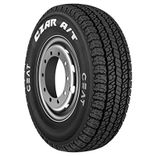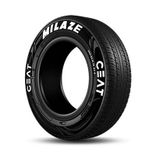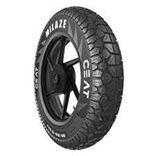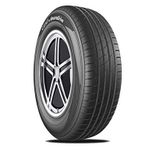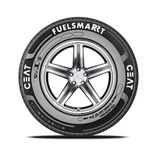Ad
Ad
The Ultimate Guide for Bike Maintenance
If we consider a motorcycle, just a little maintenance by your own self can do wonders for your motorbike and for you, well, it can save a lot of money- plus it empowers you. I mean think about it. How proud would you feel to tell others that you yourself are the caretaker of your machine. There will always be a sense of confidence every time you hop onto your bike for a ride and you definitely would be sure that your ride is alright.
Let's get to thick and thin of how to maintain your motorcycle and get the maximum out of your machine. You will definitely feel confident riding your machine.
Ad
Ad

If we consider a motorcycle, just a little maintenance by your own self can do wonders for your motorbike and for you, well, it can save a lot of money- plus it empowers you. I mean think about it. How proud would you feel to tell others that you yourself are the caretaker of your machine. There will always be a sense of confidence every time you hop onto your bike for a ride and you definitely would be sure that your ride is alright.
Before we move on any further, I would recommend you to refer to the owners’ manual because in practice basically the requirements of each of these below talked about tasks can vary depending upon the motorcycle you are having. Knowledge about the location of filters and plugs, which parts you must remove to access them, proper amounts and types of various fluid, and intervals of changing them, torque, and other specifications for reinstalling nuts and bolts to proper tightness can be found in the owners’ manual and hence going through that booklet is mandatory for every proud motorcycle owner.
Change the Oil:

To keep your engine alive and running properly, it is important to change the engine oil after several thousand miles. To start off, you’ll have to ride your machine for 4 to 5 minutes just to warm it up. What it does is that it reduces the viscosity of the oil so it will drain easier. Now, with the engine off and bike standing upright, remove the drain plug as well as the oil fill plug, letting the oil escape into a drain pan. Remember to take out the oil filter as well.
FYI, this process can get messy. Try to cover the engine and exhaust section with aluminum foil to protect against drippage. Once the oil is drained, install a new oil filter, put back again those parts you have removed, and using a funnel, refill the proper amount and type of motorcycle oil. Replace the oil fill cap too. And make sure you recycle the used oil at a bike shop.
Replace the Air Filter:

If the air filter is clogged and dirty, it can really hurt your bike’s performance. Air filter usually keeps out debris from the engine. Plus, it is not a really hard task to do yourself but it can be time-consuming. Sometimes the Air Filter is easily accessible but you may have to remove the gas tank to reach it. And once you reach the air box, take out and replace the air filter. Then repeat the process of reinstalling anything you removed.
Maintain the tire pressure and Track:

Locate the valve stem on the inside of the wheel, remove the cap and press an air pressure gauge onto the valve stem to check the tire’s pressure. Compare the pressure with what it ought to be and if it is lower than what is specified then use an air compressor to fill the tire to the correct number of pounds per square inch (PSI). Don’t overinflate and if so let some air out. To see how your tread is doing, check the tire’s wear indicator which is a little knob located in the grooves of the tire. If, by any chance, the knob is at the same level as the rubber that meets the ground, replace it without any other thoughts- which is a job for a professional mechanic.
Change the coolant:

Coolant prevents your engine from overheating or freezing or getting corroded. Remove any necessary bodywork to gain access to the coolant drain bolt. Then place a drain pan under the engine and remove the bolt. Remove the radiator cap to make sure everything drains. Reinstall the drain bolt once everything is done. Using a funnel, refill the system with the appropriate amount of coolant. Reinstall any bodywork you’ve removed and before that put the radiator cap back on. Start the engine and warm it up a little bit before cutting ignition. Remove the radiator cap and check the coolant level, once the engine has cooled. If you feel the need to add more coolant or to reach the amount specified in the owners’ manual, then add more coolant.
Keep a clean chain:

Usually bikes these days come with an O-ring chain and they require less cleaning than the old-styled chains. When the chain gets dirty, you would want to clean it or even at the mileage specified in the owner’s manual. Elevate the rear wheel of your bike and put the transmission in neutral allowing for free chain movement, whenever you are cleaning. Try to use a gentle brush to get grit and grime off the chain. Also, lubricate the chain and rotate the rear wheel as you apply specially formulated lube.
These are some basic hacks to improve your motorcycle’s life and for better performance.
Ad
Ad






